The Drysdale sheep is a breed of domestic sheep which was originated from New Zealand. It was developed in 1931 by Dr. Francis Dry of Massey University after he obtained a Romney ram that had a high percentage of hairy fibers in it’s fleece.
During that time, there was little or no commercial interest in ‘hairy’ fleeces, but Dr. Dry conducted research into this trait, and using a combination of Cheviot and Romney genetics and that produced a sheep with a coarse, long-staple fleece that had to be shorn twice a year.
There was a demand for fleeces of the type produced by the Drysdale sheep breed during the 1960s and 1970s.
The breed and it’s wool become relatively popular in New Zealand, and the wool was used especially in carpet manufacture and it had an advantage in computing environments where static electricity was a problem.
Today the breed is raised mainly for wool production, and it is also exported to Australia and United Kingdom. Read some more information about this sheep breed below.
Drysdale Sheep Characteristics
The Drysdale sheep are medium sized animals. Their body coloration is mainly white. Both rams and ewes are usually horned, and the horns of the rams resembles a Wiltshire ram’s horn.
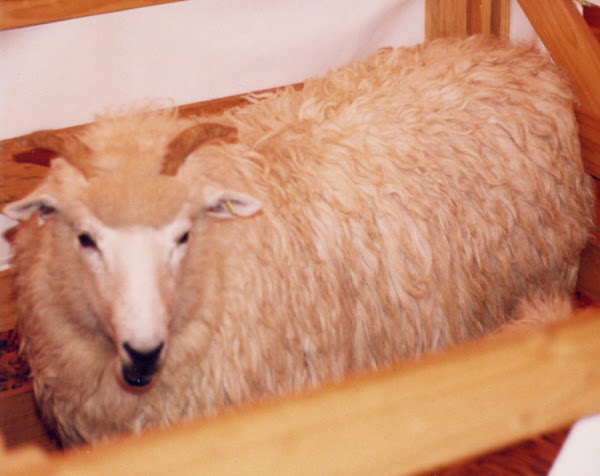
Whereas the ewes horns are relatively very small, usually only 3.1 to 3.5 inches in length.
Average live body weight of the mature Drysdale sheep is around 55 kg. Photo and info from Wikipedia.
Uses
The Drysdale sheep is a wool sheep breed. It is raised mainly for wool production.
Special Notes
The Drysdale sheep are very strong and hardy animals. They are raised mainly for wool production and their wool is used mainly for carpet manufacture.
They carry the dominant Nd gene which causes a high abundance of coarse, very hairy fibers (called halo-hairs). Wool of these animals is without crimp, highly medullated with a fiber diameter of 40 microns, and a staple length of 7.9 to 11.8 inches.
The wool is known for it’s whiteness and dyeing versatility. They are sheared twice a year, and are found in most environments throughout New Zealand.
Today, largest flock of the Drysdale sheep outside of indigenous New Zealand is that of Nathan Drysdale, a famous UK farmer based in Peterborough. However, review full breed profile of the Drysdale sheep in the chart below.
| Breed Name | Drysdale |
| Other Name | None |
| Breed Purpose | Mainly wool |
| Special Notes | Very hardy and strong animals, active, especially well adapted to their local climates, well suited to Australia and UK also, raised mainly for wool production, the wool is mainly used for carpet manufacture, sheared twice a year |
| Breed Size | Medium |
| Weight | Around 55 kg |
| Horns | Yes |
| Climate Tolerance | Almost all climates |
| Color | White |
| Rarity | Common |
| Country/Place of Origin | New Zealand |

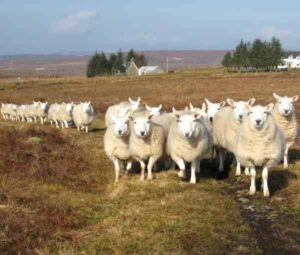
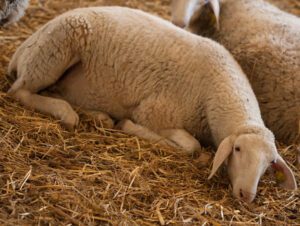
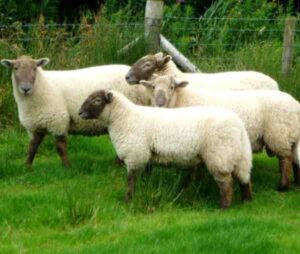
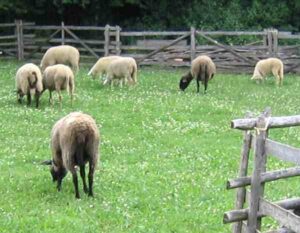
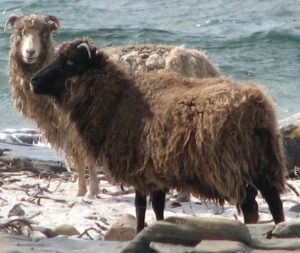
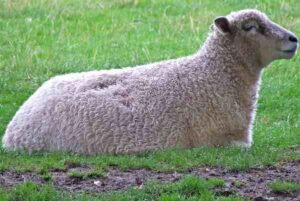
Do you know of drysdale sheep and where they can be found in uk.? Professor Dry ( known to us as great Uncle William), was my cousins Father. My young cousin (Rachel dry), in Wiltshire has a rare breeds farm and is looking to have a few drysdale sheep.